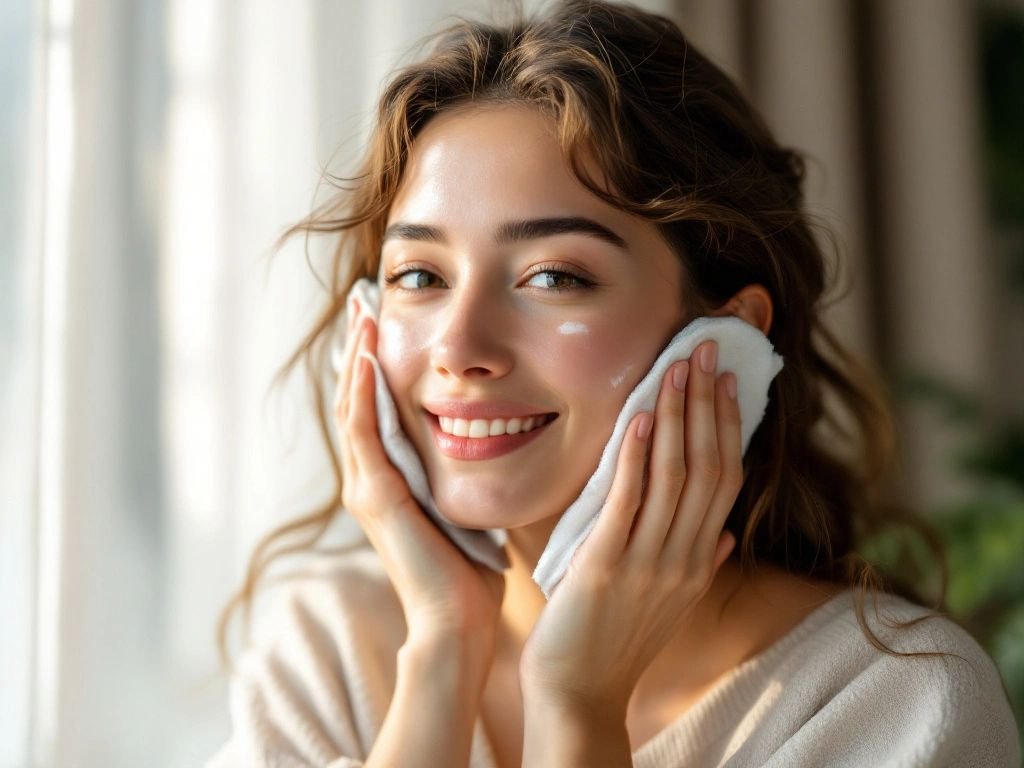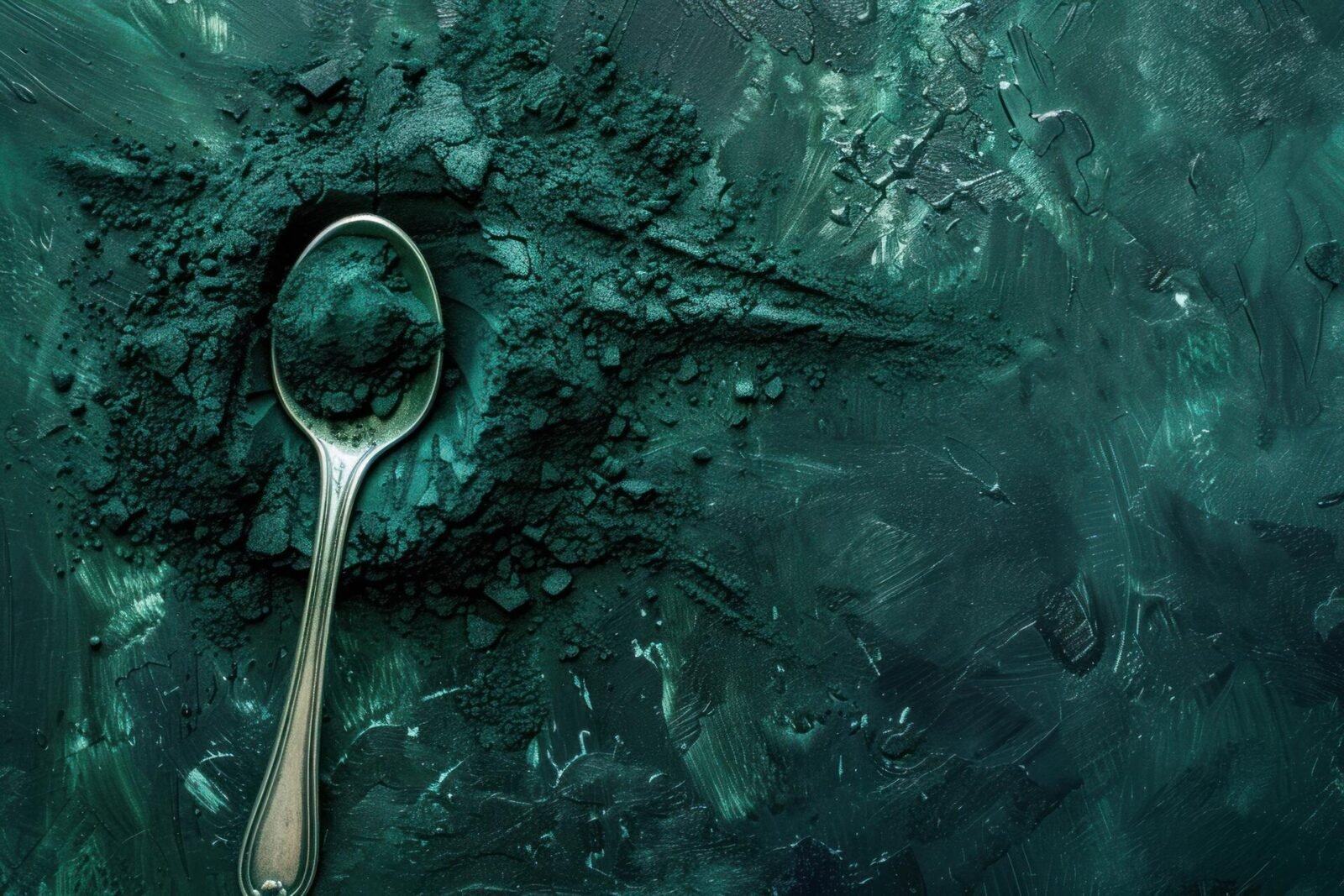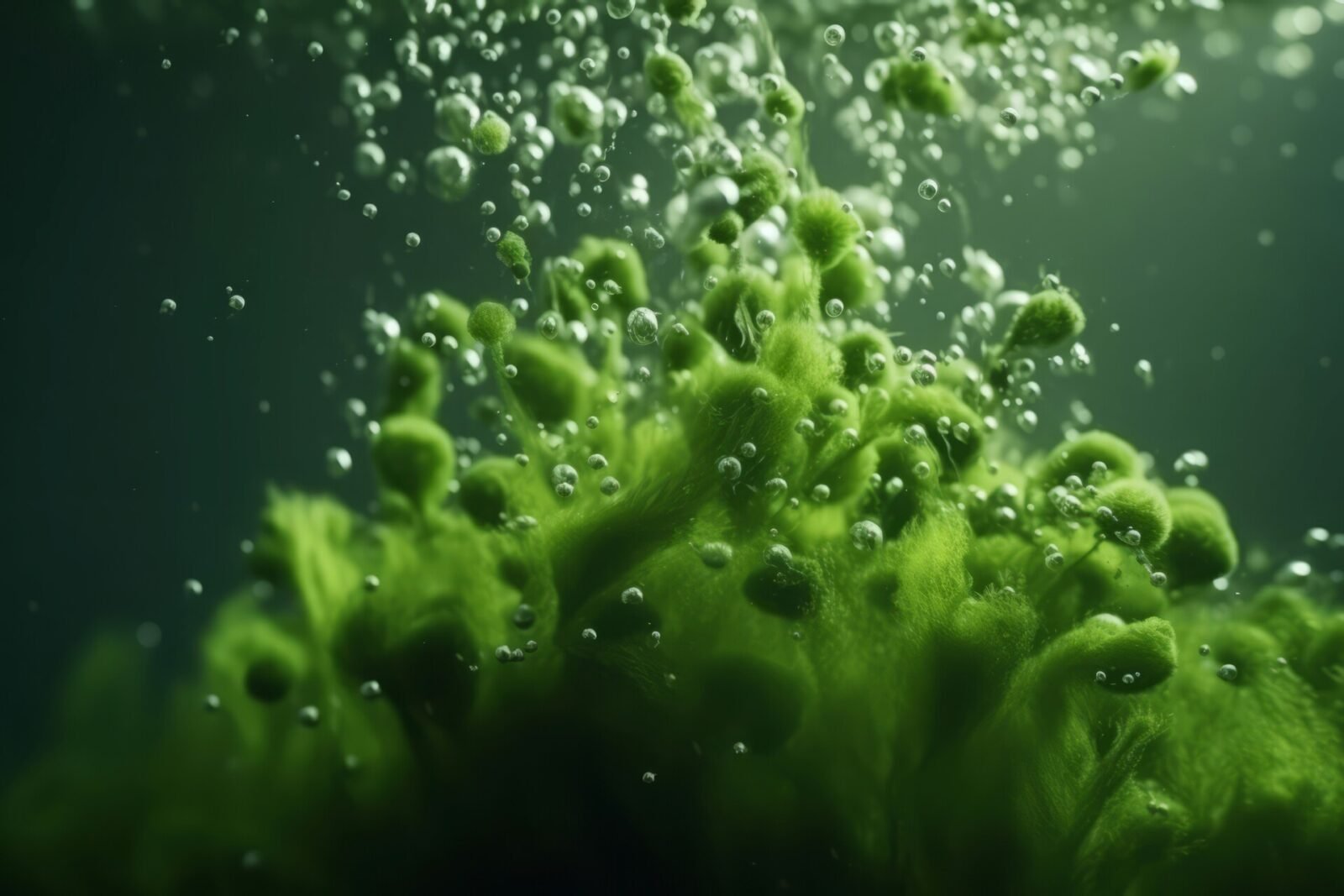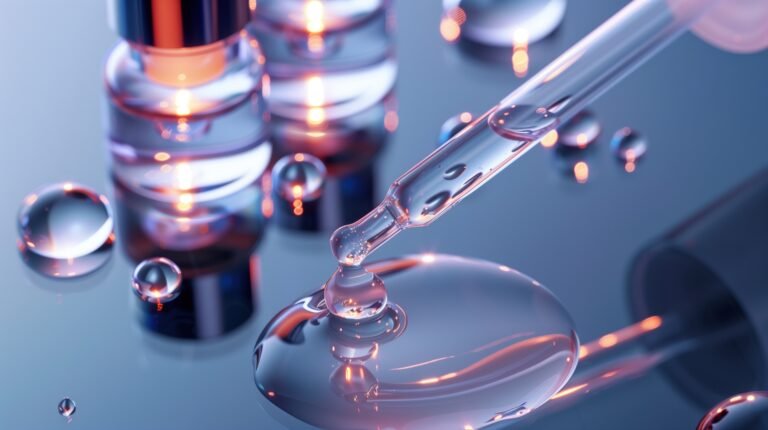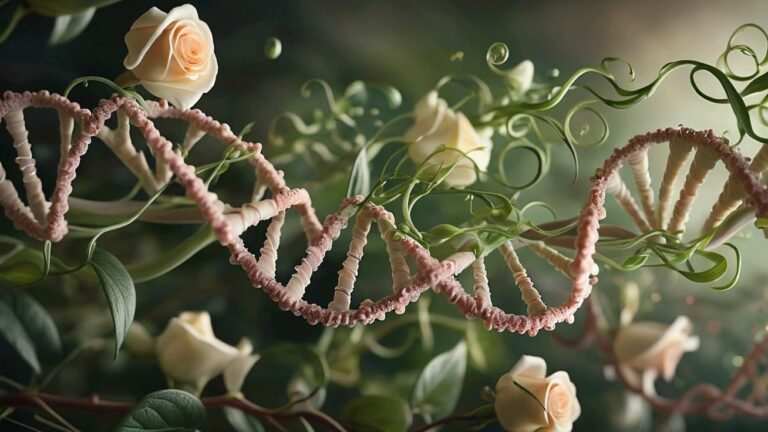Introduction
Among bioactive peptides, GHK Cu peptide (glycyl-L-histidyl-L-lysine-copper) has experienced a surge of interest in both consumer products and scientific literature. Marketed as a multitasking anti-aging and regenerative molecule, GHK-Cu is now positioned as a next-generation active for skin repair, collagen induction, and antioxidant defense. However, as with many peptide actives, hype often exceeds data. Therefore, chemists must evaluate what the clinical and biochemical evidence actually supports in 2025 — and where formulation realities set limits.
This review summarizes the clinical outcomes, mechanistic data, formulation considerations, and realistic performance benchmarks of copper peptides for cosmetic use. It also outlines stability and pH compatibility, so formulators can make evidence-based choices rather than relying on marketing claims.
Chemistry of GHK-Cu and Mechanism of Action
GHK-Cu is a naturally occurring tripeptide that binds copper (II) ions with high affinity. It was first isolated from human plasma in the 1970s and later identified in saliva and urine. Functionally, it acts as a small copper carrier that modulates gene expression in tissue remodeling and antioxidant response. In vitro, it upregulates extracellular matrix genes (COL1A1, elastin, decorin) while suppressing inflammatory cytokines. Consequently, it has been studied for wound healing, anti-inflammation, and skin rejuvenation.
Unlike synthetic signal peptides, GHK itself is endogenous, meaning the body already recognizes it as part of its repair cascade. Therefore, topical delivery primarily aims to replenish a naturally declining system rather than introduce a foreign bioactive.
Stability and Formulation Challenges
Despite its promise, GHK-Cu is chemically delicate. It hydrolyzes in alkaline conditions and may undergo oxidation in the presence of free metal ions. As a result, peptide stabilization requires careful attention to solvent systems, pH, and packaging.
Optimal Conditions
- Stable between pH 5.0–7.0 (ideal ~6.0)
- Prefer aqueous or water-glycerin base; avoid strong acids or ethanol >10 %
- Use chelating agents (EDTA, phytic acid) to bind free metals that can destabilize the copper complex
- Store under inert gas or in airless packaging to minimize oxidation
Furthermore, peptide concentration typically ranges from 0.01 % to 0.05 % GHK-Cu in commercial serums, often combined with hyaluronic acid or carrier peptides for improved diffusion.
Clinical Evidence Review (2025 Update)
The clinical landscape of GHK-Cu has matured since the early 2000s, with several peer-reviewed human studies now confirming moderate but measurable benefits. Below is a synthesis of the latest data through 2025.
1. Anti-Aging and Collagen Stimulation
Early histological studies demonstrated that GHK-Cu increases dermal collagen synthesis and glycosaminoglycan levels. A 2023 double-blind, split-face study (n = 60, aged 40–65) compared a 0.05 % GHK-Cu serum to placebo for 12 weeks. Results showed a 22 % increase in skin firmness and a 16 % reduction in fine lines measured by optical profilometry. However, results plateaued after week 10, suggesting receptor saturation or limited penetration.
In addition, proteomic analysis confirmed upregulation of collagen type I and decorin, consistent with dermal remodeling activity. Although statistically significant, these effects remain smaller than those achieved with retinoids or growth factor formulations.
2. Wound Healing and Inflammation
Several dermatology trials have evaluated GHK-Cu in post-procedure healing. A 2024 multicenter study investigated 0.05 % GHK-Cu gel after fractional laser resurfacing. Compared with standard care, the peptide group exhibited 25 % faster epithelial recovery and reduced erythema within 72 hours. Moreover, inflammatory markers IL-1β and TNF-α decreased by 30 %, demonstrating measurable anti-inflammatory action.
3. Pigmentation and Tone Uniformity
The evidence for pigment modulation remains limited. One 2022 pilot study (n = 24) found modest improvement in skin brightness (+8 % L* value) after eight weeks of topical application. However, no significant melanin index reduction was detected compared with baseline. Therefore, copper peptides appear to refine texture and tone via barrier repair rather than direct tyrosinase inhibition.
4. Hair and Scalp Applications
In trichology, GHK-Cu’s role has expanded. Several cosmetic studies report improved scalp condition and slight increases in hair density. A 2025 Japanese trial using 0.02 % peptide lotion observed a 7 % increase in hair count after 16 weeks, likely due to anti-inflammatory and vasodilatory effects. However, compared with minoxidil, results remain mild and adjunctive.
Comparative Effect Sizes
| Endpoint | GHK-Cu (0.05 %) | Reference Active |
|---|---|---|
| Fine line reduction | 15–20 % | Retinol (0.3 %) ≈ 25–30 % |
| Firmness improvement | 20–25 % | Peptide Matrixyl (pal-pentapeptide) ≈ 18–22 % |
| Barrier repair (TEWL reduction) | −12 % | Niacinamide (5 %) ≈ −15 % |
| Post-laser recovery speed | +25 % | Panthenol ≈ +18 % |
Overall, copper peptides perform comparably to mid-tier cosmetic actives but below prescription-level retinoids. Nevertheless, their mildness and stability in neutral pH systems make them valuable for gentle anti-aging or post-procedure formulations.
Formulation Strategies for Chemists
Successful peptide formulation depends not only on concentration but also on delivery, base architecture, and synergistic actives. Consequently, chemists should treat GHK-Cu like a delicate protein rather than a robust small molecule.
1. Delivery Enhancers
- Use humectant carriers (glycerin, sodium PCA, betaine) to improve peptide solubility.
- Apply phospholipid liposomes or lecithin carriers for better penetration through stratum corneum.
- Avoid ethanol-rich systems that may destabilize the copper complex.
2. Synergistic Actives
GHK-Cu complements barrier and antioxidant actives such as Niacinamide, panthenol, and ceramides. Additionally, combining it with low-level peptides like pal-tetrapeptide-7 enhances matrix signaling without irritation. Furthermore, it pairs well with mild retinoid alternatives like bakuchiol for rounded anti-aging profiles.
3. Packaging and Stability
Because GHK-Cu is oxidation-sensitive, use opaque or airless containers. In addition, single-dose ampoules maintain copper peptide activity during shelf life. Finally, avoid metallic applicators that could leach ions and disrupt the copper complex.
Regulatory and Claim Boundaries
Copper peptides are permitted in cosmetic formulations without concentration limits under both U.S. and EU regulations, provided they are non-therapeutic. Nevertheless, brands must avoid claims implying wound healing, collagen regeneration, or medical efficacy. Instead, use compliant phrasing emphasizing improved skin resilience or recovery support.
Compliant Marketing Claims
- “Supports skin’s natural renewal process.” ✅
- “Improves firmness and elasticity.” ✅
- “Helps reduce visible signs of fatigue and aging.” ✅
- “Stimulates collagen regeneration.” ❌ (therapeutic)
Practical Considerations for 2025
Market data in 2025 shows copper peptides expanding from niche cosmeceuticals into mainstream anti-aging lines. However, consumer expectations often exceed what in-vivo data confirms. Therefore, chemists and brand teams should frame results realistically — highlighting mild, supportive benefits rather than transformative outcomes.
Summary & Key Takeaways
- GHK-Cu is a naturally occurring copper-binding tripeptide with proven tissue-repair and anti-inflammatory actions.
- Clinical data confirms moderate improvements in firmness and texture (15–25 % range).
- Stable between pH 5–7 with proper chelation and oxygen control.
- Compatible with niacinamide, ceramides, and barrier-strengthening systems.
- Compliant claims focus on support, firmness, and rejuvenation rather than healing.
Next Steps for Chemists
To create effective copper peptide systems, benchmark encapsulated versus free GHK-Cu across different emulsion bases. Then, evaluate antioxidant synergy and pH stability using accelerated studies. Explore copper peptide actives and carrier options in the Grand Ingredients Product Center, or Peptide Actives Portfolio. Finally, for formulation trials and regulatory documentation, Request a Sample directly from our technical support team.
References
- Pickart, L. et al. (2024). “GHK-Cu and Skin Remodeling: Updated Clinical Evidence.” *J. Cosmetic Dermatol.*
- Yamada, S. et al. (2025). “Topical Copper Peptides and Post-Procedure Recovery.” *Dermatol. Res. Pract.*
- Lee, A. (2023). “Comparative Peptide Efficacy in Cosmetic Anti-Aging.” *Int. J. Cosmetic Sci.*
